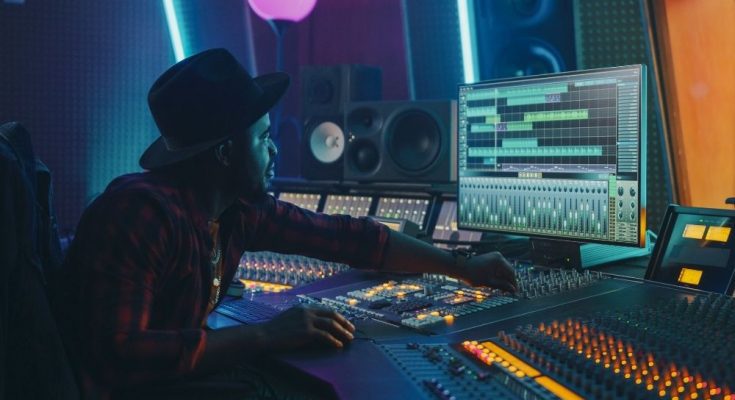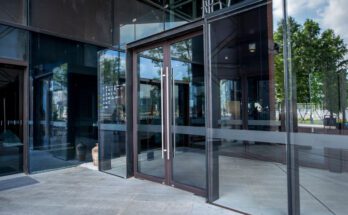Sound design is more than creative work or crafted passion—this type of audio design is a malleable tool that tells a specific story to an audience. Individuals can record, manipulate, and record audio elements to create distinctive moods, change the atmosphere, and influence the emotions and thoughts of other human beings.
The audio we hear in films, shows, voiceovers, video games, theater performances, and other productions is more than mere recorded sonic signatures. The design process involves live recording, mixing, manipulating, and editing. Sound designers curate a layered effect involving a combination of fundamental elements. Let’s take a closer look at sound design: the basics of audio creation.
Ambiance
Essentially any background noise is known as the ambiance or atmosphere. This element of sound design is integral to set the mood or set the scene for an audience. The ambiance should be equally informative and appropriate to the recording without overpowering the main focus. Overall, it should immerse listeners into the unfolding story.
Audio Effects
Audio effects are straightforward sounds that do not exist in the natural world or are invisible on-screen. This means such sounds are not recordable via recording gear and microphones. Consider Star Wars and the sounds of intergalactic battles or lightsabers. Designers must imagine and recreate sounds for special effects.
Foley Sounds
Within sound design, one of the basics of audio creation is known as Foley sounds. Think of these post-production sounds as noises that make scenes into reality by providing audible context. Examples include footsteps on wood floors or concrete—or the creative use of real movements and props that create specific sound effects to enhance tangible production.
Voiceover or Narration
A recorded voice of a character narrator or an unseen narrator is a pivotal sound element. This vocal design guides viewers through the story by audible narration. The main aim of this step in audio creation is to deliver certain emotions to an audience or drive a scene distinctly forward.
Music
Music is self-explanatory as an artistic process but remains the most characteristic sound tool of any modern production. Songs and instrumental pieces amplify art, setting a mood that a project’s designers hope to convey. The layered dynamics of recorded music help tell the story through creative visions.
A project may involve sound design and music production alike, but processes differ based on a studio’s aim. The matrix of studio gear must come together for an audio engineer to produce a musical-based recording. Audio signals go in and out, and patchbay setups support workflow for recording sessions. The evolution of such recording technology has come a long way to be able to produce sounds just right for sustainable and creative design.
Additional Resources:
Tool



